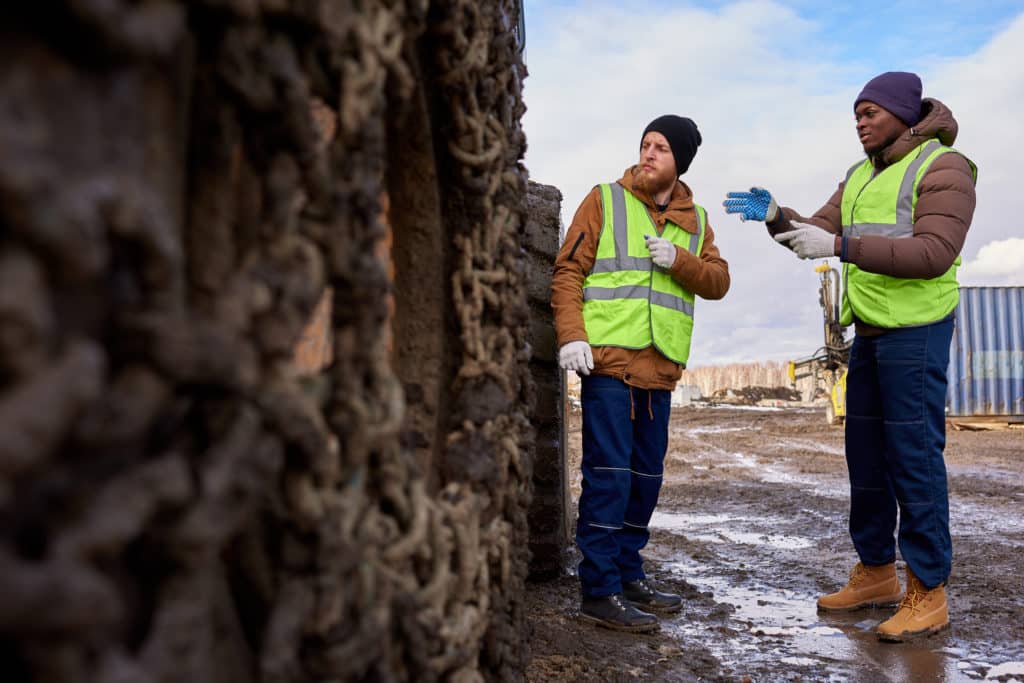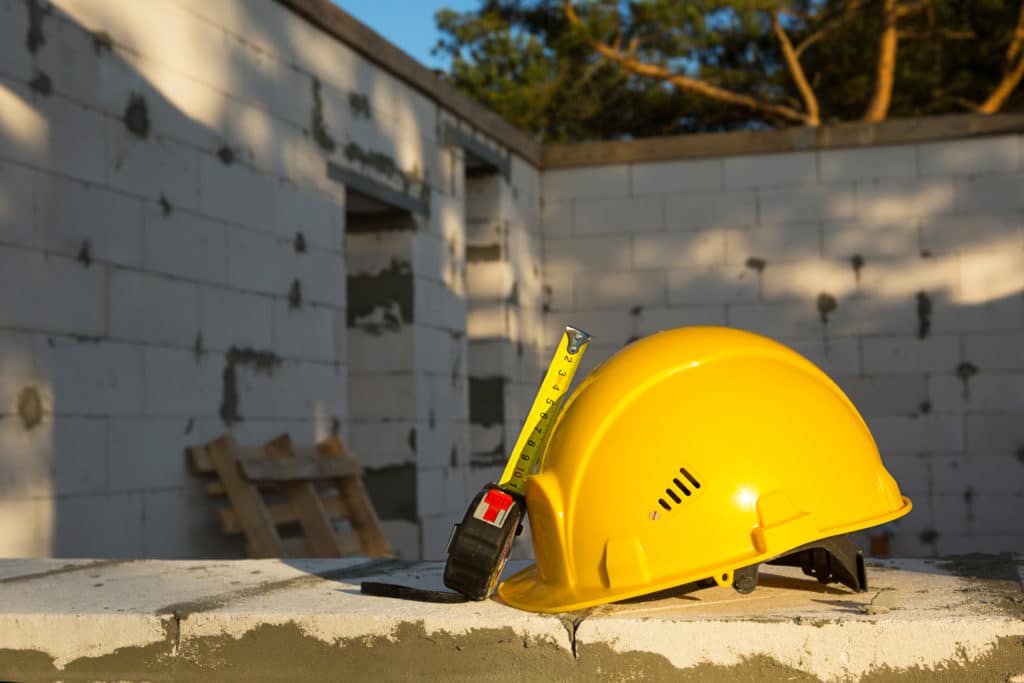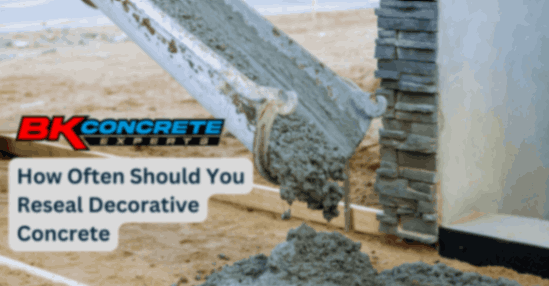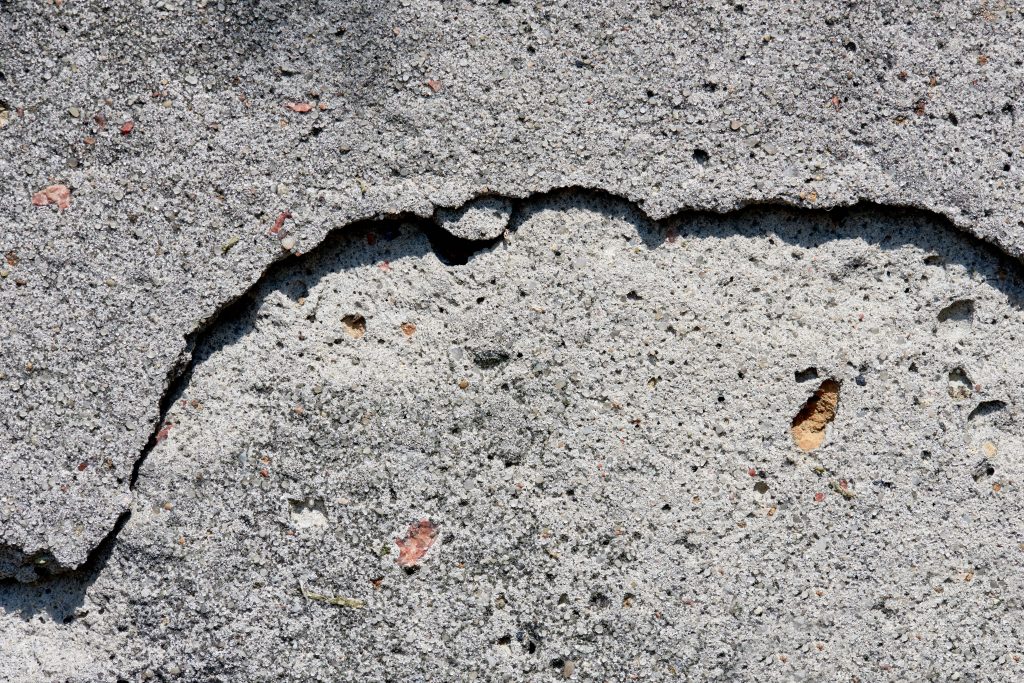Discovering a crack in the foundation of a house can be disconcerting for any homeowner. It’s a common issue that people may face over time due to various factors such as settling of the soil, extreme weather conditions, or improper construction. While minor cracks can sometimes be a cosmetic issue, it’s crucial to address them promptly to prevent more serious damage. Repairing foundation cracks is essential for maintaining the structural integrity of the home and avoiding potentially costly repairs in the future.

The process for repairing a foundation crack depends on the size and nature of the crack itself. Small, hairline cracks can often be fixed with the use of a concrete caulk or a masonry sealer, whereas larger cracks might require a more extensive approach such as epoxy injections or even consultation with a structural engineer. For homeowners willing to tackle the issue themselves, there are DIY solutions available. However, assessing the crack’s implications on the overall foundation is a critical first step before deciding on the repair method.
Understanding Foundation Cracks

Evaluating foundation cracks is critical in maintaining the integrity of a house. Different crack types and their causes have specific implications for the house’s structural health.
Types of Cracks
Horizontal Cracks: These are often linked to pressure from soil or water outside the foundation wall. They may indicate serious structural issues, especially if they are found in a block or concrete foundation.
Vertical Cracks: Generally caused by the settling of the house and are often less serious. They usually run straight up and down or slightly diagonal within 30 degrees of vertical. Vertical cracks are mostly non-structural and can be repaired more easily.
Diagonal Cracks: These cracks are typically caused by differential settlement of the foundation. They can be more serious if they are wide at one end and narrow at the other, indicating that one part of the foundation is moving away from another part.
Hairline Cracks: Very thin cracks, not more than 1/16 inch wide, and are common in new foundations due to shrinkage as concrete cures.
Common Causes of Cracks
Settlement: Over time, most houses experience some form of settling, which can cause hairline cracks in the foundation.
Differential Settlement: When parts of a foundation settle at different rates, diagonal or stair-step cracks can occur, which may suggest a structural problem.
Soil-related issues: Expansive soils that swell with moisture and contract as they dry can produce enough force to create horizontal cracks in the foundation, signifying potential structural damage.
Temperature can also affect foundations, leading to cracks. Frost heave, for example, can cause upward movement of the soil, which can create cracks in the foundation.
Proper crack repair ensures the longevity of the foundation and the safety of the structure it supports. It’s essential to identify the type of crack and understand its causes; this determines whether it’s a simple fix or a sign of a more serious structural issue.
Initial Inspection and Diagnosis

Before attempting any repairs, a thorough initial inspection of the foundation is critical to determining the severity of the cracks and whether specialized expertise is needed. In this process, the identification of crack patterns and potential structural issues is paramount.
Identifying the Extent of Damage
The first step is to meticulously examine the foundation, noting the size, direction, and location of cracks. In basements and crawl spaces, look for stair step cracks in block or brick foundations, as these can be indicative of differential settlement. One should also check for horizontal cracks, which are especially concerning as they can suggest a serious problem such as hydrostatic pressure against the foundation walls. It’s essential to measure and document the width and length of these cracks to assess whether they are widening over time.
Signs of displacement, bulging, or water damage must be carefully assessed. Minor, hairline fractures are often not structurally significant and may be caused by the natural curing process of concrete. However, any displacement or bulging of foundation walls indicates that immediate attention is needed, as these can signify severe structural threats.
When to Call a Structural Engineer
If the inspection reveals irregular crack patterns, significant widening, displacement, or bulging, it’s time to call a professional. A licensed structural engineer should be consulted when:
- Cracks are wider than 1/4 inch.
- There is visible evidence of ongoing settlement, such as gaps around doors or windows.
- Cracks reappear after being repaired.
- There are signs of water damage that could point to underlying structural problems.
A structural engineer will evaluate the foundation’s integrity and may recommend interventions from sealing the cracks to underpinning sections of the foundation. Their expert assessment will ensure the safety of the structure and help in planning the appropriate course of action.
Preparing for Foundation Repair

Before beginning any foundation repair, it is critical to assemble the correct tools and prioritize safety. Precision in these preparatory steps can make a significant difference in the outcome of the repair.
Gathering the Necessary Tools
One should prepare a comprehensive toolkit for foundation crack repair. The essentials include:
- Hammer: For removing any loose debris near the crack.
- Chisel: This tool is vital for chipping away unstable material from the crack.
- Wire Brush: Used to clean out the crack before applying any filler.
- Drill: Necessary for creating ports in the foundation if an injection method is used for repair.
- Putty Knife: Helps in applying and smoothing patching material over smaller cracks.
- Trowel: A standard tool for evenly spreading and smoothing concrete.
- Caulk Gun: Essential for applying sealant or filler into the crack.
A margin trowel might be useful for more precise repairs, especially in tight spaces or for finer work.
Safety Precautions
When preparing for foundation repair, one’s safety must be a top priority. Safety precautions include:
- Wearing protective clothing such as long-sleeve shirts, pants, and gloves to prevent scrapes and irritation from concrete and debris.
- Using safety goggles to protect eyes from dust and fragments.
- Ensuring good ventilation if working with chemical sealants or if any dust is being produced during the repair process.
- Reading and adhering to the instructions on all products and equipment to reduce the risk of improper usage.
By adhering to these practices and having the right tools on hand, one can approach foundation crack repair with confidence and precision.
Repair Techniques for Minor and Major Cracks

Foundation cracks can range from insignificant and easily manageable to significant and structurally compromising. Understanding the right approach for each is crucial for the longevity of a home’s foundation.
Sealing Minor Cracks
For minor, non-structural foundation cracks, homeowners commonly use sealants or caulk. Non-structural cracks, typically less than 1/4 inch in width, might occur from concrete shrinkage or minor settlement and can be treated with a straightforward application process:
- Clean the crack to remove any debris.
- Apply a concrete crack filler, urethane caulk, or paint over the crack if aesthetics are a concern.
These materials, such as polyurethane or silicone-based caulks, serve as a flexible seal that adheres well to concrete and masonry surfaces.
Addressing Major Structural Issues
When facing major structural cracks—wider than 1/4 inch, or any visible signs of foundation movement or failure—more robust intervention is necessary. Here the procedure typically involves:
- Installing injection ports along the crack, sealing the crack’s face with epoxy sealer, and injecting either epoxy or polyurethane resin. The choice between the two might depend on the crack condition and the desired outcome.
- Epoxy injections are known for their strength and bonding capabilities, making them a longer-term solution.
- Polyurethane injections, flexible in nature, are ideal for preventing water leakage.
- Applying hydraulic cement is another method for more significant cracks. It is known for its quick-setting capabilities.
- Reconstruction with new mortar or concrete may be warranted for severe structural damage, where injecting materials is not sufficient to restore integrity.
Experts should handle these major repair methods to ensure that the underlying cause of the cracks is addressed and for the safety and stability of the structure.
Preventive Measures and Maintenance
To ensure the longevity and stability of a house’s foundation, homeowners need to focus on two crucial aspects: improving overall drainage and waterproofing, and implementing a consistent schedule for monitoring and maintenance. Taking these proactive steps can mitigate many common issues that contribute to foundation damage.
Improving Drainage and Waterproofing
Drainage Systems:
- Gutters and Downspouts: Ensure gutters are free of debris and downspouts direct rainwater at least four feet away from the foundation. Consider installing gutter guards to minimize the accumulation of leaves.
- Grading: The ground should slope away from the house to prevent water pooling around the foundation. A slope of at least 6 inches within the first 10 feet from the perimeter is recommended.
- Waterproofing Materials: Apply waterproof coatings to basement walls to reduce the risk of water penetration.
Landscaping and Irrigation:
- Plants: Choose plants and trees that don’t have invasive roots and place them at a safe distance from the foundation to prevent root-related soil displacement.
- Irrigation: Position sprinkler systems so that water doesn’t accumulate near the foundation, particularly in drought-prone areas where soil shrinkage can lead to foundation settlement.
Monitoring and Ongoing Care
Routine Checks:
- Inspect foundation walls and basement floors regularly for cracks or signs of bowing and leaning, which could indicate foundation problems.
- Look for early signs of leaks or moisture buildup in the basement, as these can lead to mold and undermine the structural integrity of the foundation.
Foundation Maintenance Strategies:
- Mortar Joints: Maintain mortar joints in bricks and stones. Crumbling mortar should be replaced to prevent water from seeping into the foundation walls.
- Foundation Supports: In cases of severe settling or tilting, professional intervention may be necessary. Methods such as underpinning or the installation of helical piers can correct foundational issues.
Regularly conducting these preventive measures and maintenance activities can help avoid costly foundation repairs and the potential for serious structural damage, such as a foundation collapse due to unchecked hydrostatic pressure or deterioration from poor drainage.

 CALL US NOW
CALL US NOW



